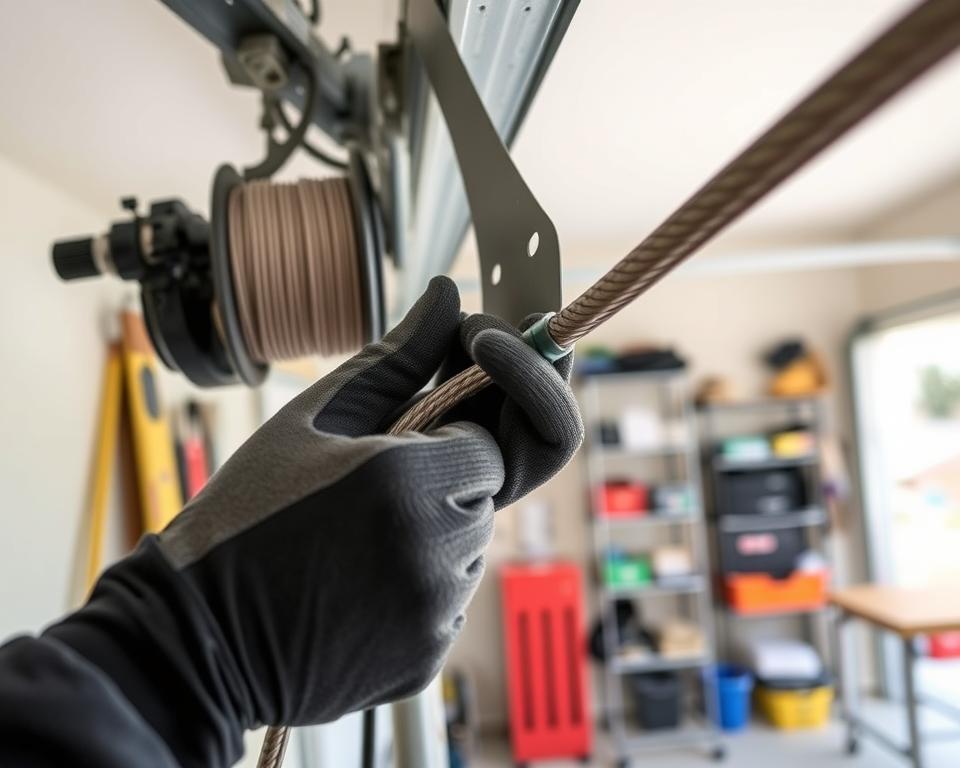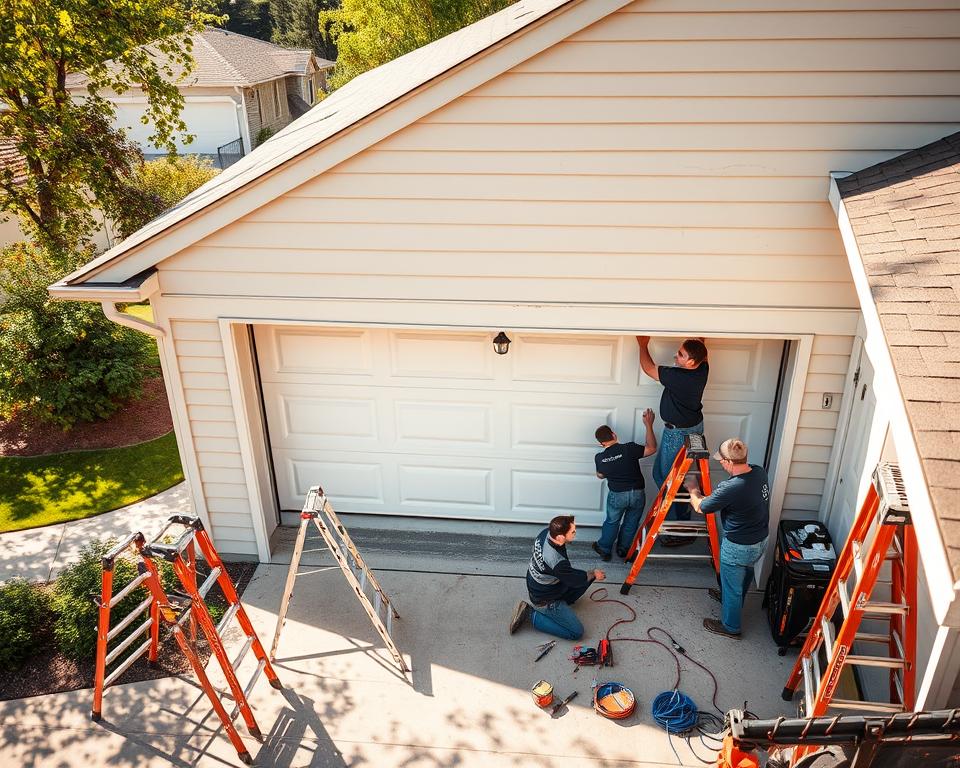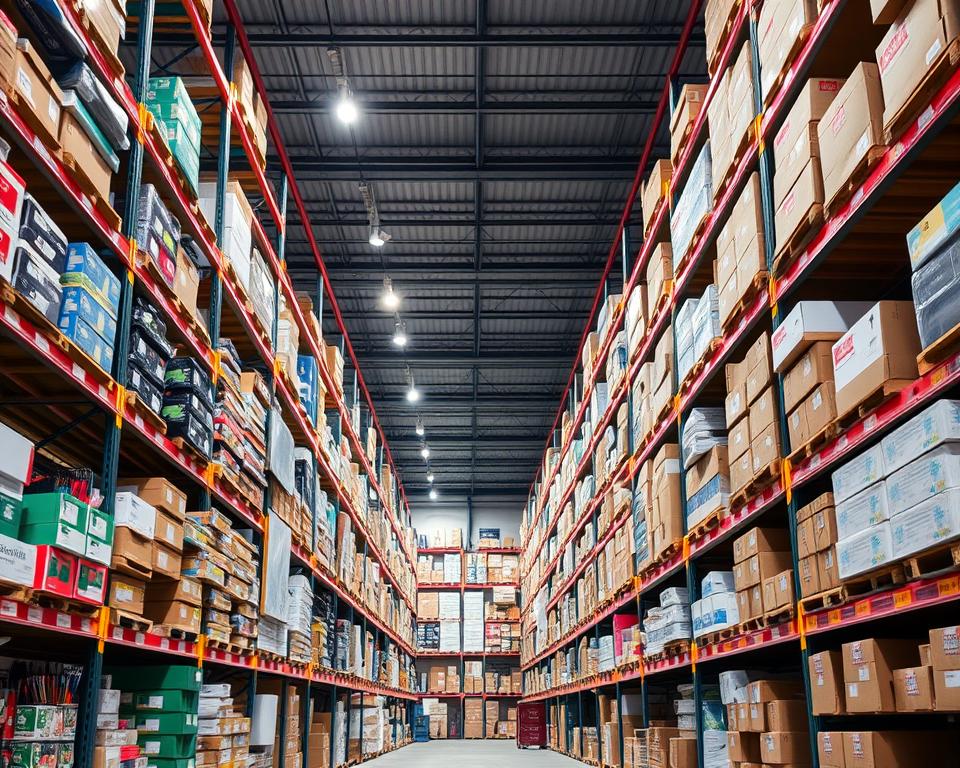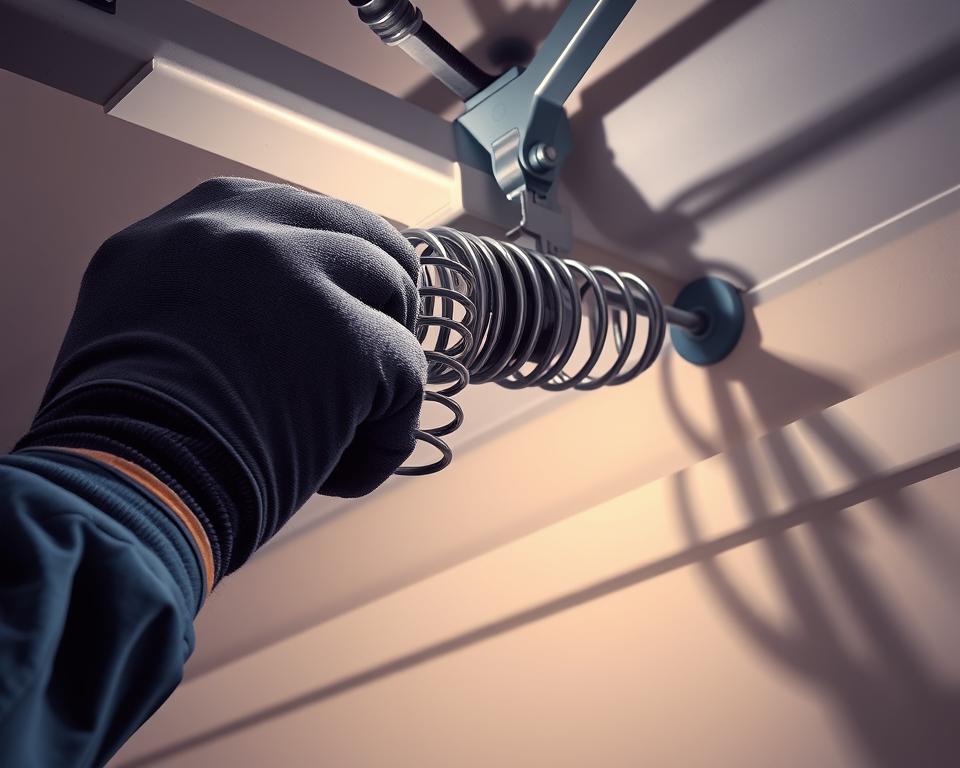Leading Seattle SEO Firm to Elevate Your Enterprise
Ever wondered about this? enterprises joining forces with a premier Seattle SEO agency could realize a phenomenal +86.65% increase in organic revenue? In today’s competitive digital landscape, powerful SEO methods are indispensable. When enterprises in Seattle work to upgrade their digital exposure, choosing the best SEO company Seattle is critical to maintain their competitive edge.
In this write-up, we will examine several top Seattle SEO agencies, highlighting their distinct services and verified success in elevating digital visibility. Emphasizing customized strategies, expert service availability, and open communication, picking the appropriate Seattle SEO agency can deliver the boost enterprises need to prosper with SEO agency.
Amid the dynamic Seattle marketing environment, search optimization offerings are vital for enterprise development. Powerful SEO techniques enhance web presence through superior search placements. Such efforts greatly amplify brand awareness. Companies attract targeted traffic, thanks to keyword optimization and local SEO, reaching customers genuinely interested in their services.
This is often accompanied by enhanced conversion figures, as companies dedicate resources to compelling content and website refinement. Smooth navigation and user-friendly design convert more visitors into clients. Effective local SEO practices secure placement in Google’s Local Pack, so Seattle users can quickly discover offerings.
Sophisticated keyword analysis attracts pertinent visitors and bolsters natural rankings. On-page and technical optimization, such as meta tags and site structure, enhance search engine visibility. Top-tier content strategies answer user questions, increase time on site, and establish brand credibility.
Backed by 15+ years in the Seattle arena, SEO experts deliver diverse solutions. These include keyword strategy, on-site optimization, content development, backlink building, and analytics tracking. A client-first approach with no long-term contracts builds trust and flexibility. Such customized digital marketing strategies are essential for businesses aiming to succeed in Seattle’s competitive market.

Defining the Top Seattle SEO Firm
The top Seattle SEO companies stand out due to key qualities. Experience is critical, as seasoned agencies grasp local market nuances. Their achievements are evident via customer testimonials and documented case studies. Personalized tactics are necessary; addressing each company’s specific demands produces focused success.
A focus on customer-first service is distinctive. Agencies that value open communication and support build lasting relationships. Their portfolio spans local search term analysis, material development, and responsive design. This ensures websites are accessible and user-friendly.
Utilizing ethical SEO methods promotes enduring progress. Advanced analytics help track performance. Focus on website usability and local SEO strategies is also key. Premium link building and credibility improvements elevate rankings.
Ongoing optimization driven by performance metrics is critical. Guaranteeing that strategies stay potent and timely amid Digital shifts. Incorporating local citations, directory listings, and adherence to search engine guidelines enhances success. Leading Seattle digital experts leverage cutting-edge solutions to drive online success for area businesses.
Top Seattle SEO Company: Marketing1on1
Marketing1on1 is a leading Seattle SEO company, renowned for its specialized SEO services. The range of services is tailored to enhance digital presence. The company focuses on tailored strategies, ensuring each approach meets the unique goals of its clients. Keyword optimization and local search strategies are key, aimed at improving search rankings and driving targeted traffic.
A responsive site design is critical for Marketing1on1, guaranteeing optimal performance across devices. Rigorous assessments confirm that websites are both accessible and intuitive. From the planning phase to post-launch, Marketing1on1 offers ongoing support for a seamless transition and sustained success.
Marketing1on1 focuses on boosting company prominence with diverse approaches. Their methods encompass comprehensive keyword analysis, content refinement, and technical improvements. Developing captivating material is crucial to draw natural visitors. Examining rival tactics provides a strategic advantage.
Localized SEO strategies are applied by Marketing1on1 for businesses in regions like Mableton.
This strategy enhances online visibility and attracts local customers. The experts continually refresh their knowledge to keep SEO tactics current. Techniques like backlink building and optimizing meta tags and URLs significantly boost organic search rankings.
| Service Offered |
Overview |
| Keyword Research |
Discovering effective keywords for maximized SEO performance. |
| Material Enhancement |
Creating and refining content to engage users and improve visibility. |
| Site Optimization |
Refining technical aspects such as load times and mobile design for better usability. |
| Local SEO |
Approaches designed to enhance local search outcomes. |
| Link Acquisition |
Establishing quality backlinks to elevate site authority and search rankings. |
Within the fast-paced Digital marketing realm, Seattle offers an extensive spectrum of SEO solutions. They encompass localized SEO, page-level enhancements, technical reviews, content creation, and deliberate backlinking strategies. Every offering plays a vital role in elevating digital visibility.
Optimized local SEO is crucial for companies targeting regional consumers. This approach ensures visibility in geographically relevant searches. On-page optimization, through techniques like meta tags and keyword placement, improves search rankings. Periodic evaluations review site effectiveness and recommend updates, ensuring alignment with current standards.
Acquiring quality links is critical to establish site authority and trust with search systems. Seattle SEO companies, like Thrive Internet Marketing Agency, offer a full-service approach. They tailor solutions to meet each business’s unique needs. Leveraging multidisciplinary expertise, these firms empower enterprises to achieve significant expansion.
| SEO Service Type |
Overview |
Advantages |
| Local SEO |
Focuses on area-specific search terms |
Increased visibility among local customers |
| Page-Level SEO |
Enhances website elements for better rankings |
Improved user experience and site performance |
| Technical Evaluations |
Examines site health and adherence to best practices |
Provides actionable insights for ongoing improvement |
| Backlink Development |
Generates reputable inbound links for better rankings |
Enhanced authority and increased visitor flow |
Success Stories of Local Seattle Businesses
The success narratives of Seattle companies underscore the tangible benefits of potent SEO methods. These case studies illustrate how customized solutions drive regional expansion.
An example: Write2Market achieved a notable 29% surge in web traffic in merely one month by refining on-page components. Emphasizing improvements in title tags and meta data, they elevated their digital profile. Resulting in a jump in daily inquiries from 1-2 to 4-5.
Vayu Media, renowned for its broad spectrum of SEO and social marketing services, moved to Seattle to boost local SEO performance. Their strategies succeeded, propelling them to the top of Google search results for terms such as Seattle SEO Company and SEO services Seattle, as confirmed by TAG’s testimonial declaring, “Our search engine rankings have soared after collaborating with Vayu Media”.
Koch Equipment saw significant growth as well, benefiting from an optimized website that directly contributed to increased sales. By optimizing their site, they achieved high rankings for pertinent terms like Seattle bridal jewelry. This case exemplifies the tangible outcomes that come from strategic SEO efforts.
Social media marketing has also played a vital role in building backlinks and boosting visibility for many businesses. Businesses such as Himalaya Sewa Expedition garnered affirming testimonials thanks to efficient digital tactics. They remarked, Yes absolutely. Yes, extremely. Yes. They went out of their way to make sure I was happy with the final product.
Seattle SEO Company: Loopex Digital
Loopex Digital is a top Seattle SEO company, known for its wide range of services. Their expertise covers on-page optimization, strategic content planning, regional SEO, and backlink generation. Their work has significantly boosted search engine visibility for Seattle businesses. Their exemplary Clutch rating of 5.0, garnered from 58 testimonials, highlights their focus on client prosperity.
Key Service Areas and Client Engagement
The Loopex Digital team creates customized strategies for each client. They understand that effective SEO needs a personal touch. Emphasizing premium link acquisition from reliable outlets, they boost site positioning. Their commitment to building strong client relationships and clear communication makes them a reliable partner for businesses looking to grow online.
Cost Structure and Affordability
Their pricing structure ensures that quality SEO is accessible to companies of all sizes. Rates vary between $25 and $49 hourly, providing a mix of excellence and value. This enables organizations, regardless of scale, to access bespoke SEO support. Their focus on superior service, clear pricing, and excellent client care cements their reputation as a top pick in Seattle.
Searchbloom: Pioneering SEO in Seattle
Searchbloom is a top choice for businesses looking for effective SEO services in Seattle. Their unwavering pursuit of quality has established them as a top-tier SEO provider in Seattle. They have built a reputation for achieving quantifiable outcomes in SEO. Numerous testimonials praise their ability to enhance rankings and boost conversion figures.
Customer Success and Outcomes
Searchbloom boasts a remarkable Clutch rating of 5.0, with client testimonials showing their dedication to results. This SEO agency offers a wide range of services, including Local SEO, National SEO, eCommerce SEO, and PPC management. They serve various industries, such as legal, automotive, and eCommerce, working with big names like Divvy and Suse.
Their strategy is rooted in analytics, concentrating on effective lead capture and return on investment. Their performance has secured them recognition as one of the top 50 SEO agencies nationwide. They apply the A.R.T. system—focusing on Authority, Relevance, and Technology—to achieve impressive results.
| Component |
Information |
| Company Size |
10-49 employees |
| Base Cost |
\$1,500 or more monthly |
| Hourly Rate |
\$100 to \$149 |
| Google Rating |
A rating of 4.8 |
| Recognitions |
Awarded as a leading SEO firm by Clutch |
Searchbloom’s focus on personalized, human-centric strategies is clear in the strong results they deliver for clients.
M16 Marketing: Innovative Digital Solutions
M16 Marketing is a leading digital marketing agency in the Seattle metro area. They are celebrated for their innovative SEO techniques, providing a wide range of services, including National SEO, Local SEO, web design, and social media marketing. Leveraging sophisticated technologies and personalized approaches, they propel client expansion and boost digital visibility.
Costs at M16 Marketing span from \$2,400 to upwards of \$250,000, making their advanced Seattle SEO solutions attainable for enterprises large and small. Thus, firms across the spectrum can harness their diverse capabilities.
Testimonials affirm M16 Marketing’s effectiveness in enhancing digital exposure and driving growth. They focus on creating enduring relationships. Their approach centers on tailored tactics that fulfill unique client ambitions. This focus on customer-specific strategies differentiates them within the Digital marketing industry.
Industry Recognitions of Top SEO Companies
Seattle’s SEO scene is cutthroat, with upwards of 36 top agencies elevating the online profiles of area businesses. Awards and recognitions are key indicators of an agency’s credibility, proving their commitment to service excellence. Benchmarks within the sector highlight the value of awards as symbols of proven success. Awards serve as testament to their proficiency and impact.
For instance, ideapeel is celebrated for its specialization in regional, on-page, technical, and e-commerce SEO. Their efforts have boosted the earnings of more than 100 companies by driving traffic and improving conversion metrics. Their commitment to quantifiable success is reflected in an expanding collection of honors.
Renowned for its prize-winning methods, M16 Marketing has served in excess of 800 clients, combining data-driven insights with advanced AI technologies, transforming websites into powerful lead magnets. These honors reinforce their credibility, showcasing their capacity to yield significant ROI across industries.
With 183 awards under its belt, Victorious partners with leading brands including Spotify, Yahoo, and Bissell. Their record of achieving substantial conversion improvements and sustainable ROI highlights their pursuit of excellence. This further solidifies their standing in the industry.
According to SEO Tribunal, Webociti is recognized as a top SEO firm in Seattle. Such acknowledgment emphasizes their commitment to excellence and adaptability to evolving trends.
| Company |
Awards & Recognitions |
Client Count |
Core Services |
| ideapeel |
Numerous local SEO awards |
Over 100 |
Local optimization and on-page techniques |
| M16 Marketing |
Award-winning agency |
800 or more |
Analytical SEO with AI, innovative tech |
| Victorious |
183+ Awards |
Working with major brands like Spotify |
Strategies for high conversions and lasting returns |
| Webociti |
Acclaimed by SEO Tribunal |
Multiple |
Full-service SEO |
When looking to choose an SEO agency in Seattle, several key factors to consider are essential: Given Seattle’s vibrant market and 1.1% yearly population increase, the region provides fertile opportunities for digital growth.
Start by clearly defining your business needs and objectives. Whether targeting higher search positions, enhanced traffic, or greater conversion, precise goal-setting is key. This clarity assists in choosing an agency that fits your sector’s demands, ensuring focused and efficient approaches.
Reviewing customer feedback and success stories is imperative for assessing a firm’s effectiveness. A reputable SEO agency should showcase tangible results and provide detailed examples of successful campaigns. Ensuring the agency adheres to ethical SEO techniques rather than blackhat tactics is vital. Ethical methods ensure long-term success without risking penalties.
Pricing is also a critical consideration. SEO services can range from \$20 to \$49 per package, however, focus on value and openness rather than merely the price tag. They must provide an honest pricing structure that aligns with your financial plan and lacks extra charges.
Finally, as Google modifies its algorithm more than 500 times per year, keeping pace with innovations is crucial. A reputable agency is committed to perpetual learning and flexibility amid the ever-changing Digital environment.
The Bottom Line
The benefits of SEO for businesses in Seattle are both significant and measurable. As the market swiftly transforms, selecting the appropriate Seattle SEO firm becomes imperative. It enhances your online presence and drives sustainable business growth through SEO by leveraging local market insights and tailored strategies.
The write-up underscores the value of a systematic SEO strategy. Critical components involve regular tracking, superior content production, and strategic backlinking. These elements work together to ensure businesses see improvements within three to six months, maximizing their digital exposure.
With Seattle’s economic expansion and changing demographics, committing to professional SEO is a strategic move. Companies looking to capture and hold a broader customer base stand to gain immensely. Armed with these insights, you can select the best Seattle SEO partner to meet your objectives, setting the stage for long-term achievement.
FAQ
What makes SEO critical for Seattle companies?
SEO is vital for Seattle businesses as it boosts online presence and drives more website visitors. It is fundamental to achieving growth. Amidst intense competition in Seattle, well-executed SEO links promotional tactics to customer trends, yielding superior ROI.
What should I consider when selecting a Seattle SEO agency?
Look for an Seattle SEO company with experience and a proven track record. They must provide personalized approaches and prioritize client support. Essential offerings are search term analysis, regional optimization, and quantifiable results.
What range of SEO offerings do Seattle agencies provide?
Seattle offers a range of SEO services like local SEO, on-page optimization, and technical audits. Additionally, content creation and backlink development services are offered. Each service enhances online visibility, catering to different business needs.
Can you provide examples of successful SEO case studies from Seattle?
Indeed, a variety of Seattle enterprises have realized remarkable SEO results. They’ve seen boosts in web traffic, conversion rates, and search rankings. These examples demonstrate the tangible advantages of employing professional SEO techniques.
What are the price expectations for Seattle SEO solutions?
Cost structures for Seattle SEO services vary according to the agency and offerings. For example, you might expect prices from \$25 to \$49 per hour at Loopex Digital. This range allows businesses to choose solutions that fit their budgets.
What sets Searchbloom apart among Seattle SEO firms?
Searchbloom stands out with its holistic approach to SEO and PPC.
It has a perfect 5.0 rating on reviews and has helped businesses see significant improvements in search rankings and conversions.
Which breakthrough techniques does M16 Marketing employ for SEO?
Their innovative methods combine modern technology with extensive service options. Among their services are pay-per-click advertising and social platform strategies. Their innovative approach helps clients achieve better visibility and conversion rates.
What industry recognitions have top SEO companies in Seattle received?
Top Seattle SEO companies have received accolades from Clutch and UpCity. Such honors serve as proof of their proficiency and their capacity to yield significant business results.
What aspects should be evaluated when picking an SEO partner in Seattle?
Key factors include expertise in local SEO, clear communication, proven results, and tailored strategies. Reviewing these aspects ensures that you select an agency that aligns with your growth objectives.










